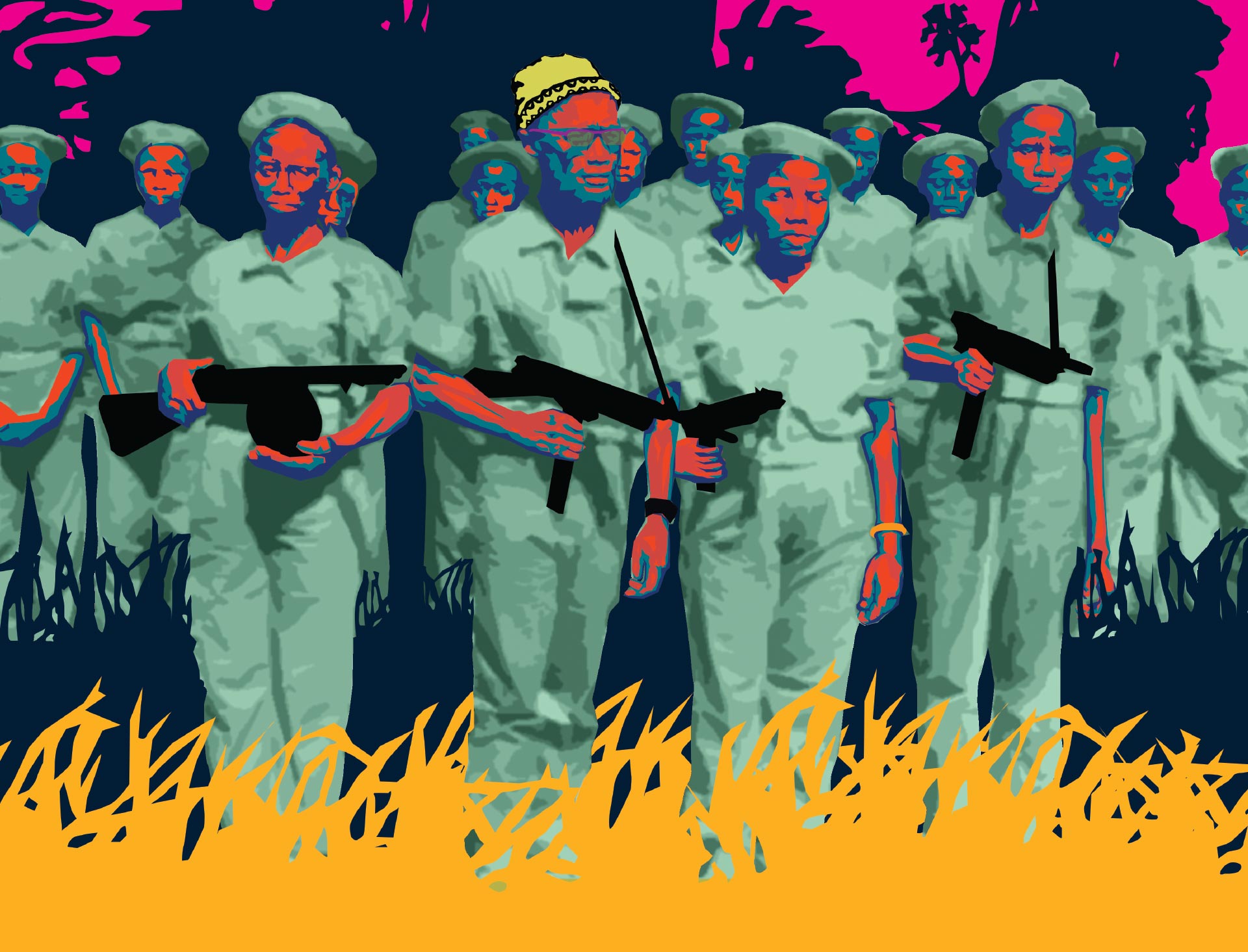ESP – ENG

Guinea-Bissau, a small country in Western Africa, was the stage for one of the most remarkable independence struggles in the continent.
With a mostly rural and impoverished population under Portuguese colonialism, the winds of liberation began to blow in the post-war period. In 1956, a group of leaders drawn mostly from the academic and intellectual milieu founded the African Party for the Independence of Guinea and Cape Verde (PAIGC) to free Guinea-Bissau and Cape Verde, an archipelago also under Portuguese rule, from colonial rule.
Any hopes of a peaceful transition were quickly dashed by the brutality of the occupation forces, and the PAIGC turned to armed struggle, launching the war of independence on January 23, 1963.
The Guineans’ guerrilla campaign, orchestrated from the neighboring Conakry, was extremely successful, making great use of the terrain to gradually push back the Portuguese military forces and take control of more and more territory. The PAIGC likewise relied on timely support from Cuba, China, the Soviet Union and African countries that had already secured independence.
The leader of the liberation struggle was the renowned Amílcar Cabral. With Pan-African and socialist ideals, Cabral was just as effective in writing political theory as he was in directing military operations. He was also a committed internationalist who played a key role in the construction of international solidarity and anti-imperialism.
However, in January 1973, Portuguese forces orchestrated his assassination using infiltrated PAIGC members. It was a tough blow, but it would not halt the march towards liberation. On September 24, 1973, the revolutionary party proclaimed Guinea-Bissau’s independence. Portuguese authorities would recognize it around a year later, after the Carnation Revolution that overthrew fascism.
Click here to download the printable version of the calendar and hang it on your wall.
Text: Ricardo Vaz. Illustration: Luis Cario.
